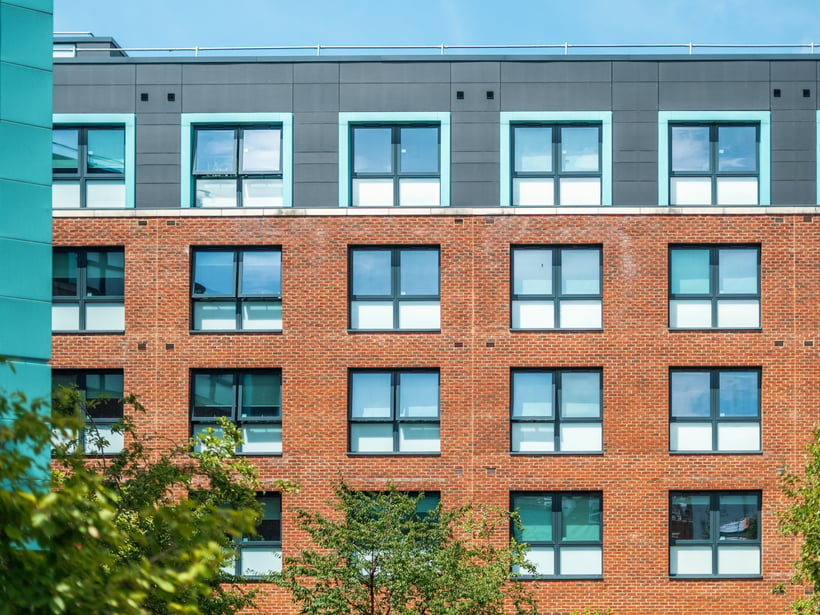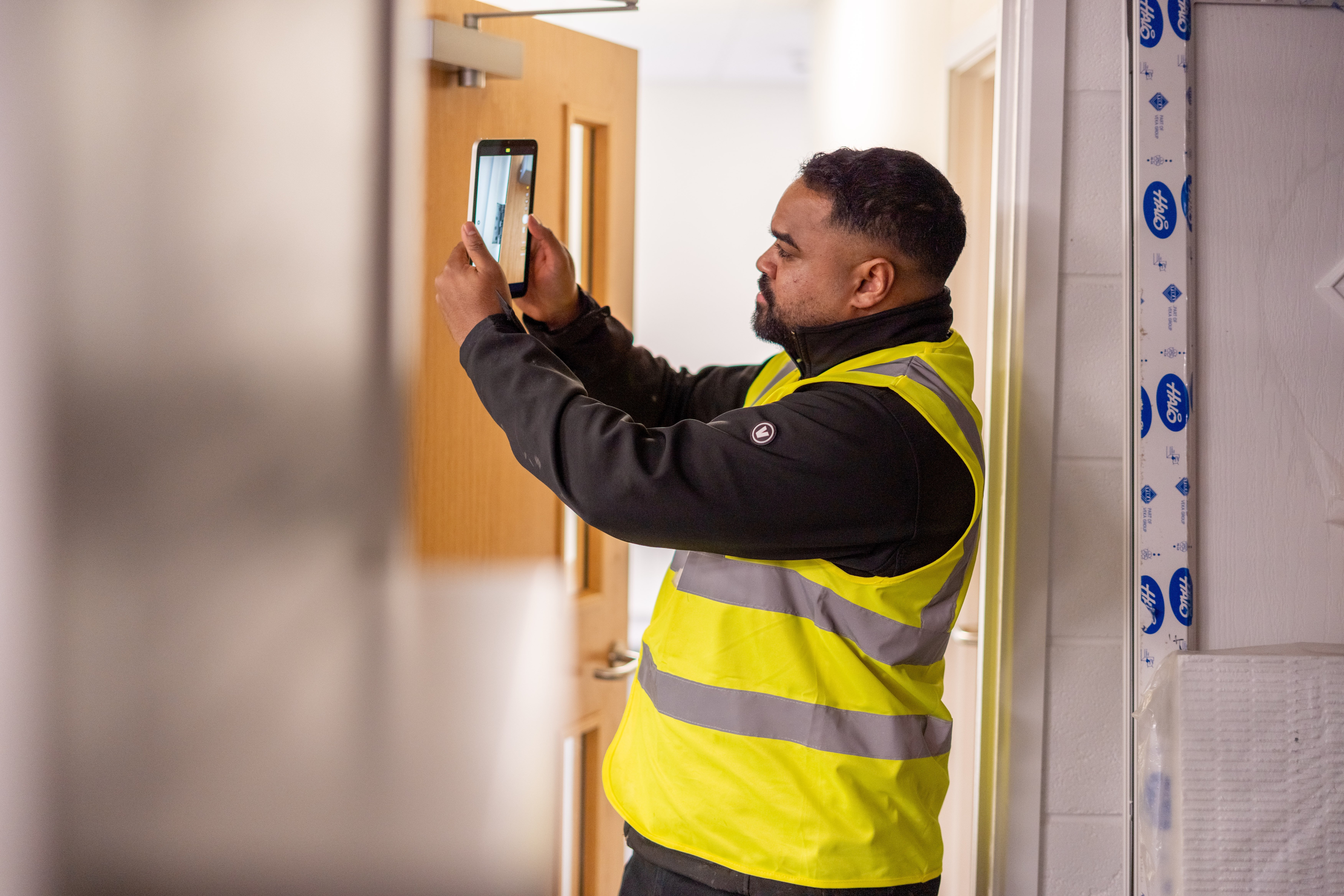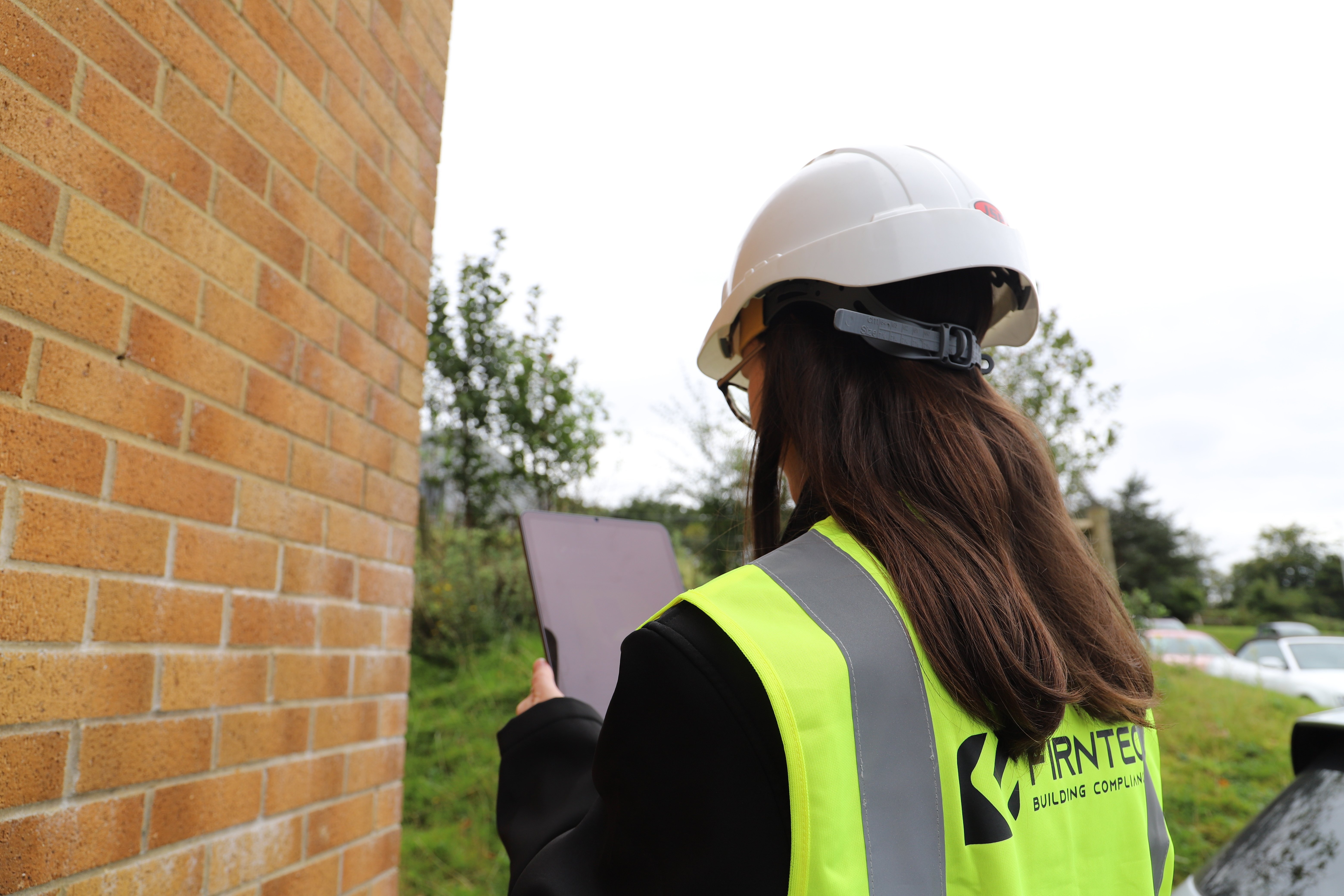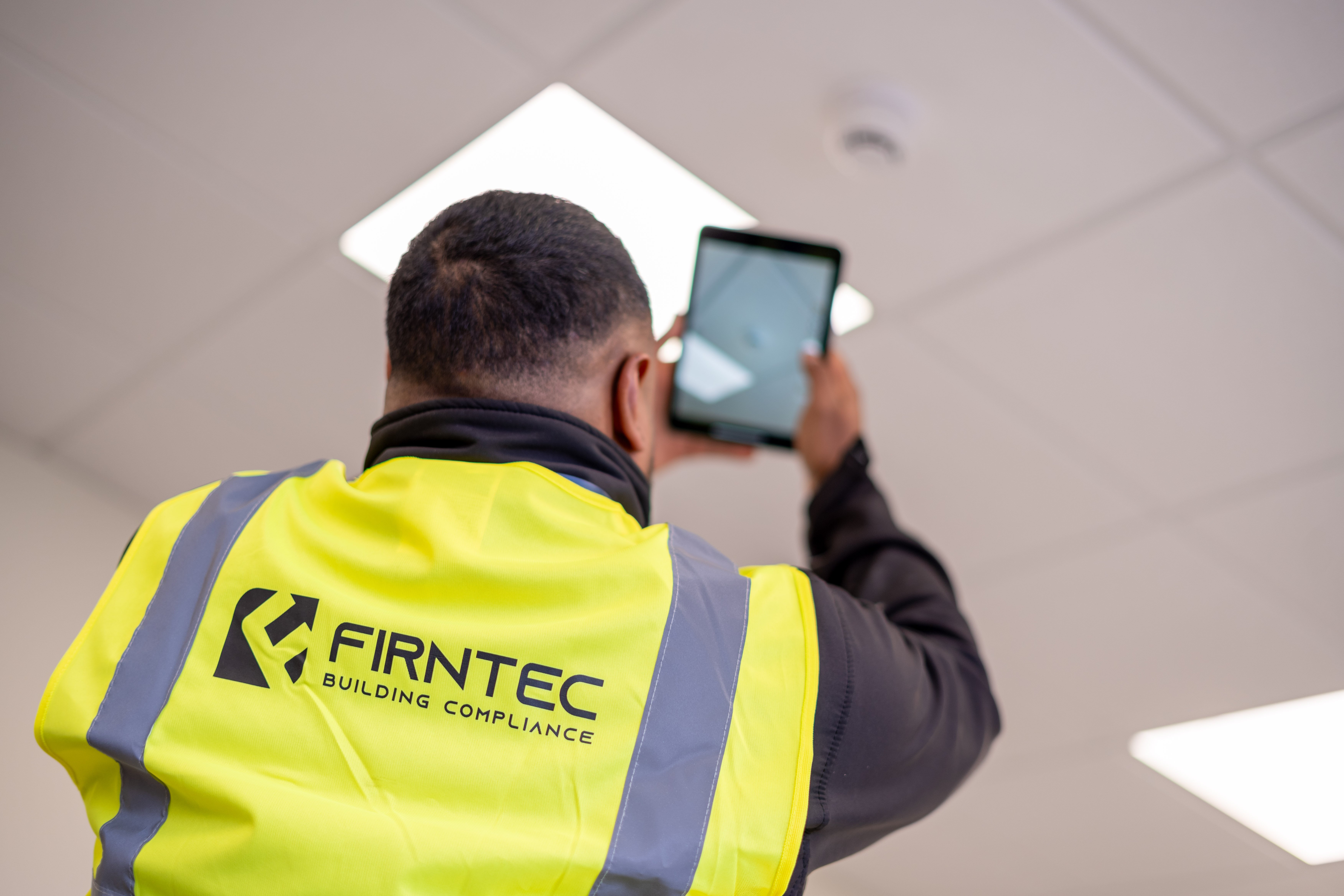The landscape of fire risk assessments (FRAs) in housing has been updated by the British Standard Institution. The introduction of BS 9792, the latest British Standard that is set to replace PAS 79-2:2020. This new standard offers clarity, modern structure and a person-focused approach to fire safety in residential settings.
Designed to support housing providers, responsible persons and fire risk assessors, BS 9792 outlines a structured method for assessing risk and documenting findings across houses in multiple occupation, blocks of flats and specialised housing. Beyond its formalities, the new standard reflects a wider shift towards more inclusive, risk-proportionate and evidence-based approaches to fire safety.
The Rise of the Person-Centred Fire Risk Assessment (PCFRA)
One of the most notable advancements in BS 9792 is the focus on person-centred fire risk assessments. While traditional assessments focus on buildings, PCFRAs turn the lens toward the individual residents who may be at greater risk from fire due to physical, cognitive or behavioural needs.
a Person-Centred Fire Risk Assessment (PCFRA) should be carried out when:
- There are individual residents with specific characteristics or vulnerabilities that may impact their ability to respond to a fire, respond to an alarm, or evacuate without assistance.
- The building is specialised housing, such as sheltered housing, extra care housing, or supported living, where residents are more likely to need tailored fire safety planning.
- The fire risk assessor identifies that standard fire precautions may not be sufficient to protect certain residents due to physical, cognitive, or behavioural factors.
The PCFRA is focused on understanding and mitigating fire risk at an individual level. It involves input from the resident and takes into account personal behaviours, support needs, and any relevant equipment (such as oxygen, mobility aids, or communication tools).
At Firntec, we see this as an essential and critical shift in protecting lives. PCFRAs take into account the individual’s ability to respond to a fire or alarm, their evacuation needs, lifestyle patterns and any previous fire-related incidents. It is a more human approach that aligns with the UKs evolving Fire Safety Standards which adds emphasis on protecting those most at risk.
BS 9792 supports this with a dedicated annex, including practical guidance and a model pro forma to ensure assessments are both thorough and consistent. For housing providers managing supported housing, extra care or sheltered accommodation, PCFRAs are no longer optional; they are essential.
What is the Difference Between Fire Hazard and Fire Risk?
A key clarification in BS 9792 is the distinction between fire hazards and fire risk, which is essential to any assessment. Whilst these definitions were largely utilised across the industry, the new standard reduces any confusion by having these clearly defined.
- A fire hazard is a source or condition with the potential to cause a fire. This could be an ignition source, an accumulation of waste, or unsafe use of equipment.
- Fire risk, on the other hand, is the combination of the likelihood that a fire will occur and the consequences if it does. Even a low likelihood event can carry a high risk if the potential consequences, such as injury or death, are severe.
Understanding this difference allows assessors and duty holders to not only identify where fires might start but also evaluate how damaging a fire could be and how best to mitigate that risk.
Understanding the Four Types of Residential Fire Risk Assessments
BS 9792 further defines the four clear types of fire risk assessments for residential properties to help those responsible choose the right approach for their properties:
- Type 1 – Common Parts Only (Visual): The most standard approach. Focuses on shared spaces with no intrusive inspection.
- Type 2 – Common Parts with Intrusion: Similar to Type 1 but includes opening up construction to inspect hidden fire protection elements.
- Type 3 – Common Parts and Dwellings (Visual): Includes inspections inside a sample of flats to assess internal alarms, escape routes and fire-stopping.
- Type 4 – Common Parts and Dwellings with Intrusion: The most detailed assessment, involving opening up inside both flats and communal areas.
This classification helps prevent over- or under-assessing and supports proportionate safety strategies.

Competence: The Foundation of a Suitable and Sufficient Assessment
BS 9792 places strong emphasis on the competence of the fire risk assessor, recognising that no assessment can be considered suitable or sufficient unless carried out by someone with the appropriate level of knowledge, experience and judgement.
Competence isn’t just a tick box exercise or holding a single qualification. It is about having the ability to understand the principles of fire safety, interpret legislation correctly, apply recognised good practice, and most importantly, adapt recommendations to the specific risks presented by the building and its occupants.
For simple, low risk buildings, an in-house assessor with appropriate training and access to guidance may be sufficient. But for more complex premises, including high rise housing, supported living schemes or buildings with nonstandard construction, the assessor must be able to demonstrate a higher level of expertise.
For complex or higher-risk premises, such as those with vulnerable occupants or unusual design features, a higher level of expertise is essential. This may include:
- Specialist training and demonstrable experience.
- Membership of a relevant professional body.
- A track record of undertaking similar assessments.
Within the document, The Fire Sector Federation’s guidance is cited as a reference for defining and demonstrating competence.
At Firntec, we are dedicated to upholding the Skills, Knowledge, Experience and Behaviours (SKEB) expected across the industry and within relevant regulatory frameworks. We understand that competence is more than a requirement and it is a core responsibility we take seriously.
Improving Clarity, Responsibility and Record-Keeping
BS 9792 updates how fire risk assessments should be documented and reviewed. A new pro forma supports clearer reporting and strengthens the Golden Thread, the digital record of safety-critical building information that supports accountability across the lifecycle of a building.
Importantly, BS 9792 reaffirms that while third-party assessors like Firntec may carry out assessments, the dutyholder remains responsible for ensuring the assessment is suitable and sufficient. That includes reviewing assessments regularly and ensuring recommendations are acted on.
How Firntec Can Help
At Firntec, we are already aligning our services with the intent of BS 9792. Our assessors are trained to deliver risk-proportionate assessments, with particular attention to vulnerable occupants and complex residential environments. We work closely with housing associations, local authorities and care providers to deliver Fire Risk Assessments and ongoing fire safety strategies built on competence, clarity and compassion.
Chris Jones
Sign up to receive our emails
You'll receive all the latest news and blogs straight to your inbox.







